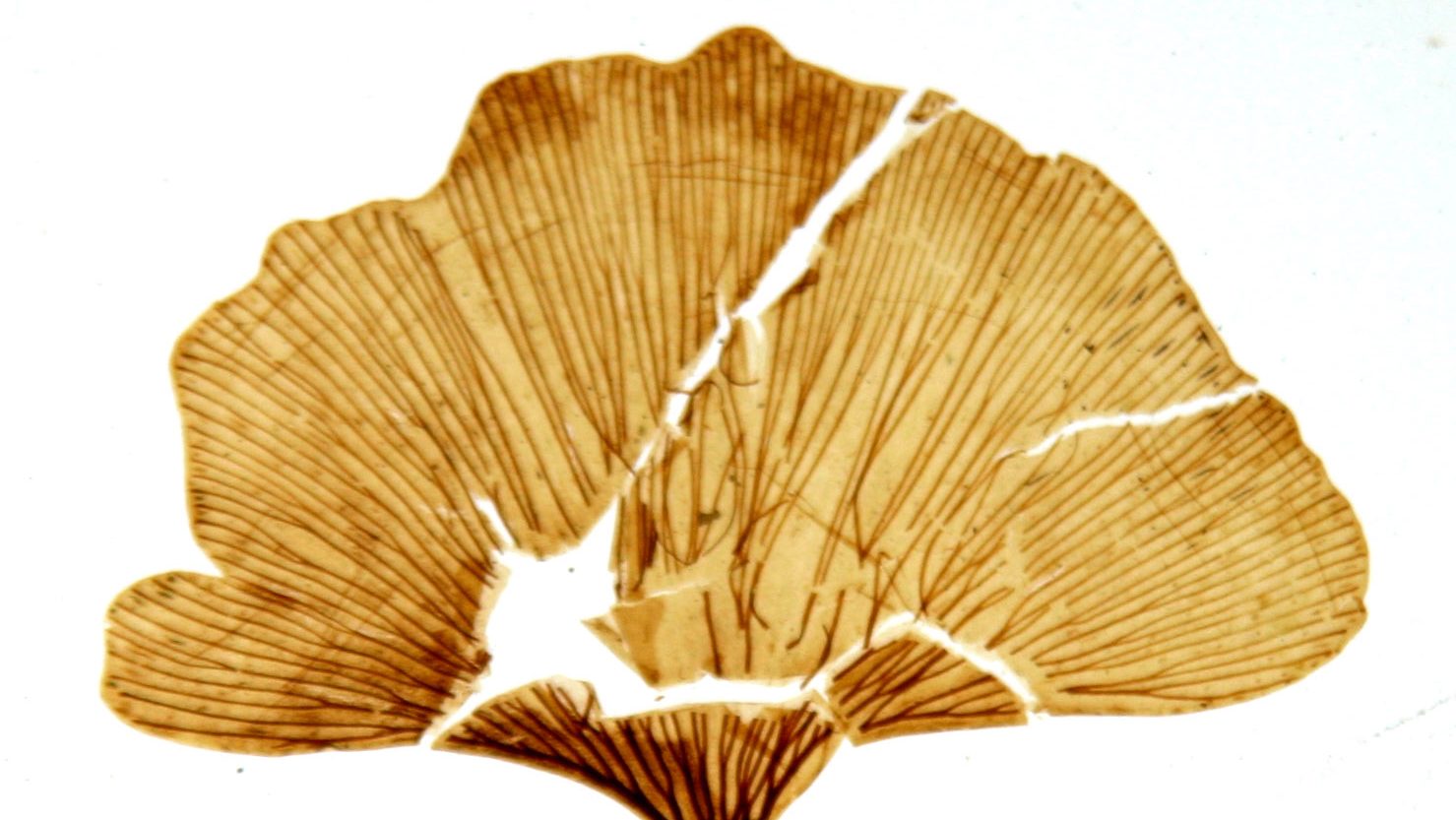Fireball meteorite offers clues to origins of life

Credit: T. Masterson and the American Meteor Society | Robert Ward
- A new paper reveals a meteorite that crashed in Michigan in 2018 contained organic matter.
- The findings support the panspermia theory and could explain the origins of life on Earth.
- The organic compounds on the meteorite were well-preserved.
A meteorite that blasted through the night sky over Michigan and crashed into a frozen lake had another surprise in store. A new study found that it contained 2,600 “pristine” organic compounds of extraterrestrial origins and can provide clues about the beginning of life on our planet.
Researchers employed weather radar to track down the pieces of the space rock that landed on Strawberry Lake by Hamburg, Michigan on January 16, 2018. The meteorite hunters were able to gather up the scattered parts before they changed their chemical constitution by being exposed to liquid water.
The paper’s lead author, Philipp Heck, a curator at the Field Museum and associate professor at the University of Chicago, shared that the meteorite was unique in that it fell onto a frozen lake and was quickly found. That kept it as close to how it was in space as we could hope.
“We could see the minerals weren’t much altered and later found that it contained a rich inventory of extraterrestrial organic compounds,” said Heck. “These kinds of organic compounds were likely delivered to the early Earth by meteorites and might have contributed to the ingredients of life.”
Check out this video of the meteorite streaking across the Michigan sky –
Meteor flashes across the sky in Michiganwww.youtube.com
Where did the meteorite come from in the first place? The scientists think it broke off from an asteroid that was orbiting between Mars and Jupiter. While it started as a 6-foot rock above Earth, the part of it that hit the ground was just the size of a peach pit.
As it got to Michigan, the scientists tracked the meteorite with NASA’s weather radar, which can detect hail and rain. “These pieces of meteorite fell into that size range, and so weather radar helped show the position and velocity of the meteorite,” explained Heck. This resulted in the meteorite being quickly located. It took meteorite hunter Robert Ward just two days to find the first piece of the celestial intruder on the frozen surface of the lake.

The meteorite that smashed into Strawberry Lake carried pristine extraterrestrial organic compounds. Credit: Field Museum
The finding of organic materials on the meteorite is certainly not quite like coming upon a full-fledged alien, but the presence of carbon-containing compounds supports the theory of panspermia. It proposes that ingredients necessary for life are spread throughout the Universe by such space rocks.
Check out the new paper in Meteoritics & Planetary Science.





